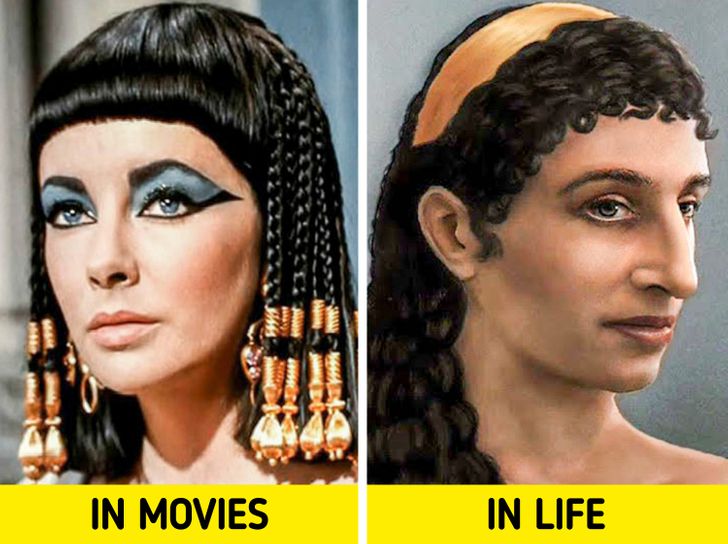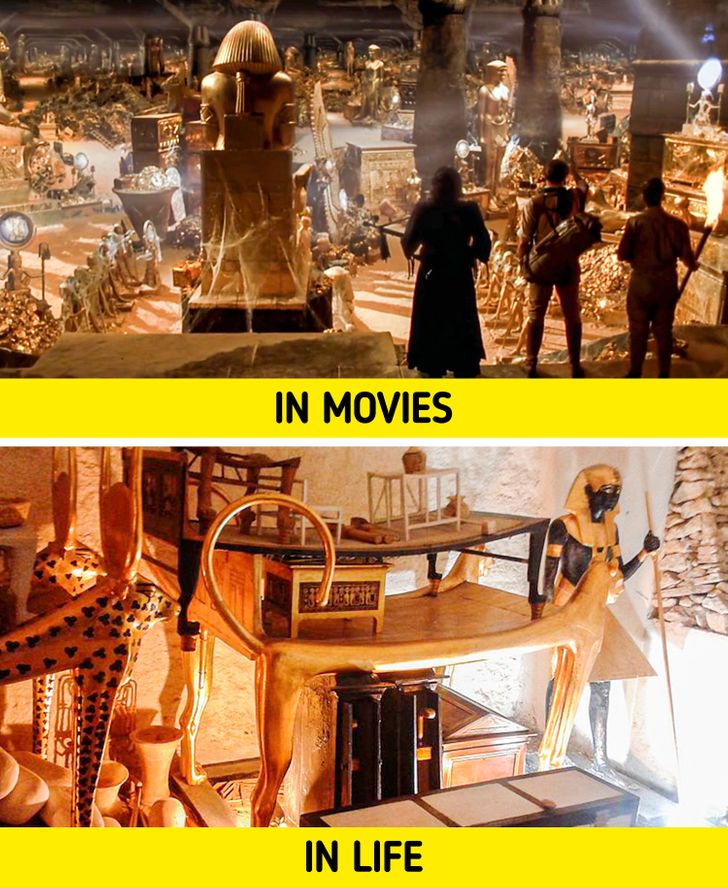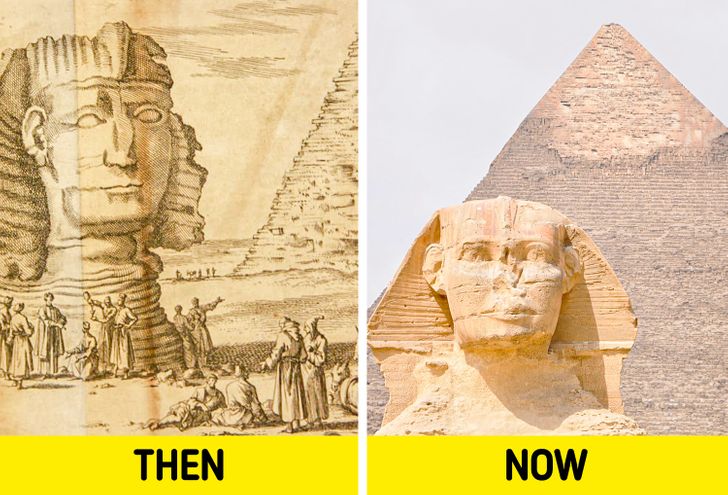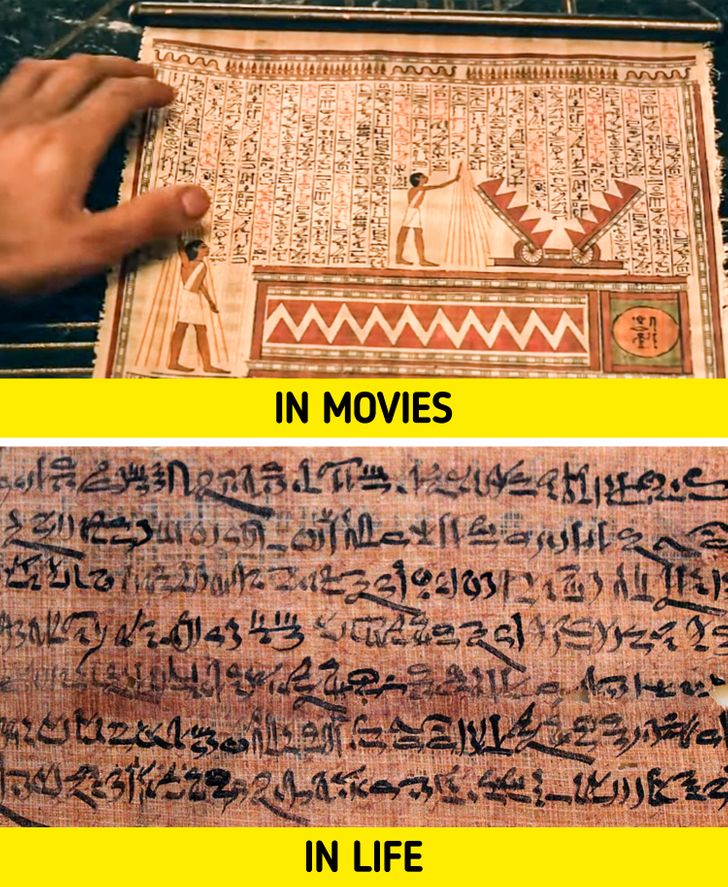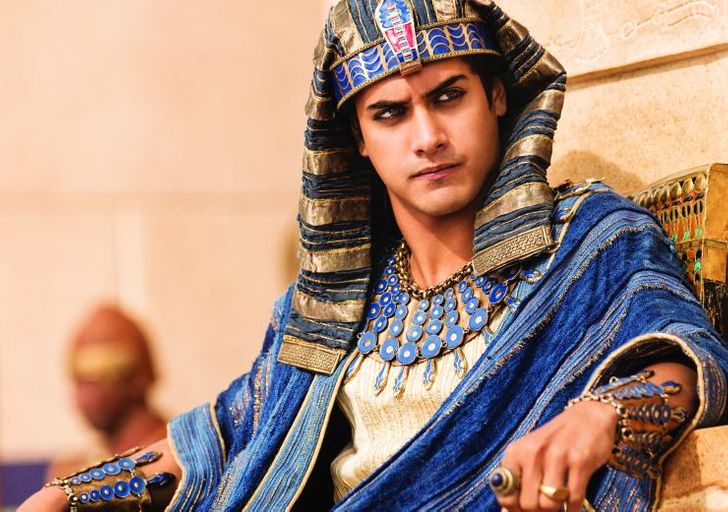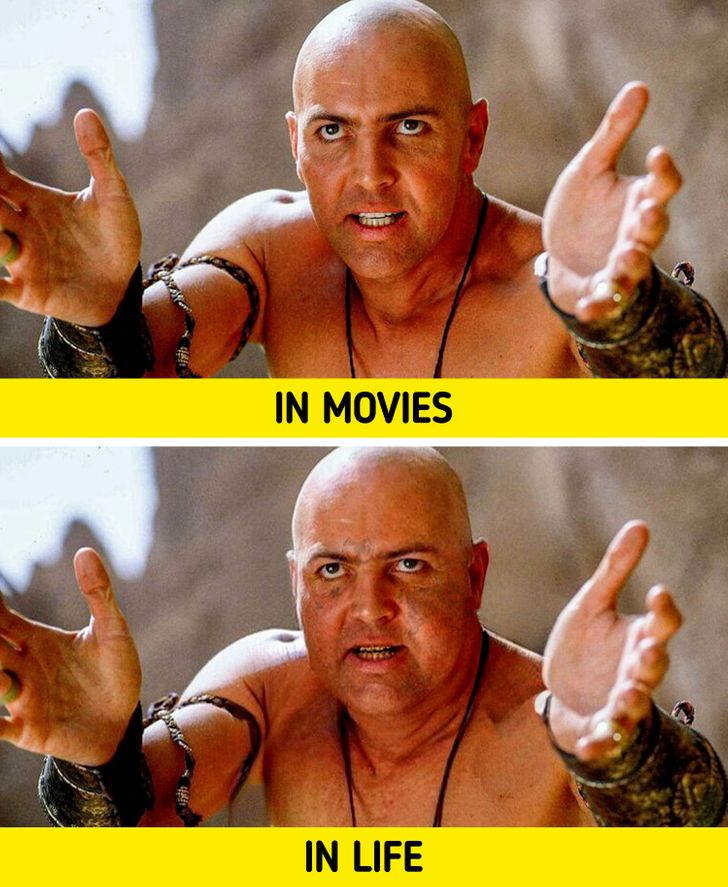I also heard that Sphynx head originary had a dog head 😨
7 Clichés About Ancient Egypt That Firmly Settled in Our Minds Thanks to Movies

Movies are one of the most powerful pushers of pop culture, which is why everything they show us in the form of images or ideas gets firmly settled in our minds. An enormous amount of myths, including historical ones, were born thanks to various flicks, like the myth that a thumb pointed down signified a death sentence for a gladiator, that Vikings wore horned helmets, and that Marie Antoinette said, “Let them eat cake.”
We at Bright Side have already written about various myths that we believe in thanks to the movie industry. And this time, we decided to debunk some of the ones that are related to Ancient Egypt.
What Cleopatra was really like
Queen Cleopatra is considered one of the most famous Egyptian women in the world and is famous for her beauty. However, presumably, she couldn’t boast a perfect appearance because the queen’s portraits made during her life were oftentimes idealized. Historians believe that she was small, had masculine features and an aquiline nose, and that people would represent her differently than she actually was, according to the region the art was made in (sometimes she’s curvy and feminine, and other times she’s masculine and thin, for instance). The powerful queen likely captivated everyone with her charm, sharp mind, and speaking skills.
Traps and treasure in the pyramids
Filmmakers love to fill tombs and catacombs with an enormous amount of well-thought-out traps. And if the main character successfully passes through them all, a bunch of sparkling treasure will be waiting for them at the end of a long hallway. Otherwise, why would they go into these scary ancient labyrinths in the first place?
The people who constructed the pyramids did try to protect the tombs, but they didn’t have the rich fantasies that many scriptwriters do. For example, they would construct a fake room next to the real one and make it look robbed to baffle looters. Also, they would build deep wells that a person wouldn’t be able to get out of alone. According to Professor Lehner, the system of a “primitive machine” that was found in the Great Pyramid of Giza was quite complicated for those times. It blocked the way to the Pharaoh’s chamber with giant granite units, which made it difficult for robbers to get inside.
Treasures, in their turn, would often remain a dream because only a few of the tombs excavated by archaeologists contained jewelry. In most cases, any treasure present had a historical and cultural value, not material.
The Sphynx doesn’t have a nose thanks to Napoleon.
The Egyptian Sphynx is as famous as the pyramids in Giza, and many people still wonder why this ancient statue lacks a nose. Most of them prefer to believe that Napoleon’s army was learning to shoot guns by targeting this part of the statue. However, the images of the Sphynx without a nose are present in the works from 1755, while Napoleon wasn’t born until 1769. This means the great military man has nothing to do with this missing nose. Why the Sphynx doesn’t have this part of its body still remains a mystery.
Pyramids were built by slaves.
Unfortunately, there is still a popular opinion that pharaohs built the pyramids in order to glorify their greatness and remain in history far after their death. That’s why we think a huge number of enslaved Egyptians engaged in the construction process. However, this isn’t true. Archeologists found graves of simple people near the pyramids who were buried there with special honors. It’s believed that those were the workers of different professions who were paid well for this enormous work that lasted for many years.
Egyptian hieroglyphs
From movies, we know that Egyptians used hieroglyphs. It’s true, but they would also write down holy and common texts. In priestly life, they would use a form called hieratic writing, while demotic writing was used for other purposes.
The curse of the pharaohs
The myth about “the curse of the pharaohs” likely appeared after the opening of Tutankhamun’s tomb. According to the legend, some archeologists who managed to find it passed away after uncovering the tomb. That’s why society started to believe in the existence of the curse, though all the participants of the excavations passed away for reasons that are quite understandable and unrelated to this mysticism. Still, movie directors liked this “fact” and started to use it in movies about mysterious tombs and pyramids.
What Egyptian pharaohs and priests looked like
For pharaohs, life was far from a fairytale, even though they were kings. It was full of ubiquitous sand, lice, parasites, and many other unpleasant things that movies don’t talk about. This is probably why so many mistakes are made by filmmakers when portraying the lives of the ancient Egyptians.
For example, Egyptians would wear wigs that not everyone could afford to indicate beauty and status. Also, many women and men would use eye makeup because they believed cosmetics, in those times, had a disinfecting and protective effect.
Discovered frescoes that portray the pharaohs and other dignitaries depict tall, stately, and beautiful people. Movies feed the belief that they all were like this. However, taking into account their diet (which consisted of bread, honey, and drinks containing yeast) as well as their lifestyle, the ancient kings of Egypt, together with priests, were far from ideal-looking. It’s likely that some of them were obese and suffered from diabetes.
Which of these facts did you unexpectedly find to be false? Are you aware of other myths about Ancient Egypt that are shown in movies? If you are, please share them with us.
Comments
Because they ate bread and honey they must have been fat? Now you're believing in myths. The poor also ate bread, were they fat too? The Bread would also have been wholemeal. The Kings ate crocodiles, birds, and anything that moved, maybe that's why they were fat with diabetes.
Related Reads
My Husband Unconsciously Called Me Another Woman’s Name — I Was Utterly Shocked to Discover Who It Was

10+ People Who Wanted to Be on a Winning Streak in a Situation but Failed Drastically

9 Famous Women Who Have the Most Beautiful Body According to Science

11 Photos That Prove Some Designers Need to Take a Break

12 Life Twists That Feel Like a Rollercoaster With No Seatbelt

I Refused to Work Holidays Just Because I’m Childfree

15 Moving Stories That Show Rocky Ride and Love Of Blended Families

I Knew My Son Was Ashamed of My Job—but His Next Move Hurt Me Deeply

I Kicked Out My Stepdaughter After She Ruined My Son’s Birthday Party

10 Real Life Stories Where Quiet Kindness Spoke the Loudest

15 Stories That Show Kindness Is the Quiet Power the World Often Forgets

I Signed Up for a “Flexible Job” — I Got a Low Salary and Zero Boundaries Instead

